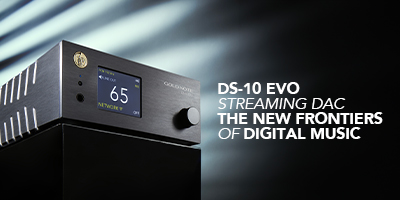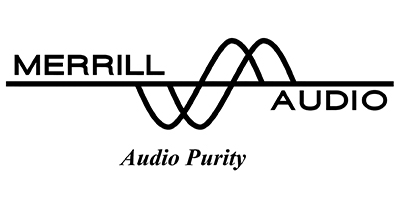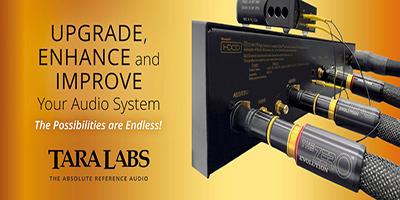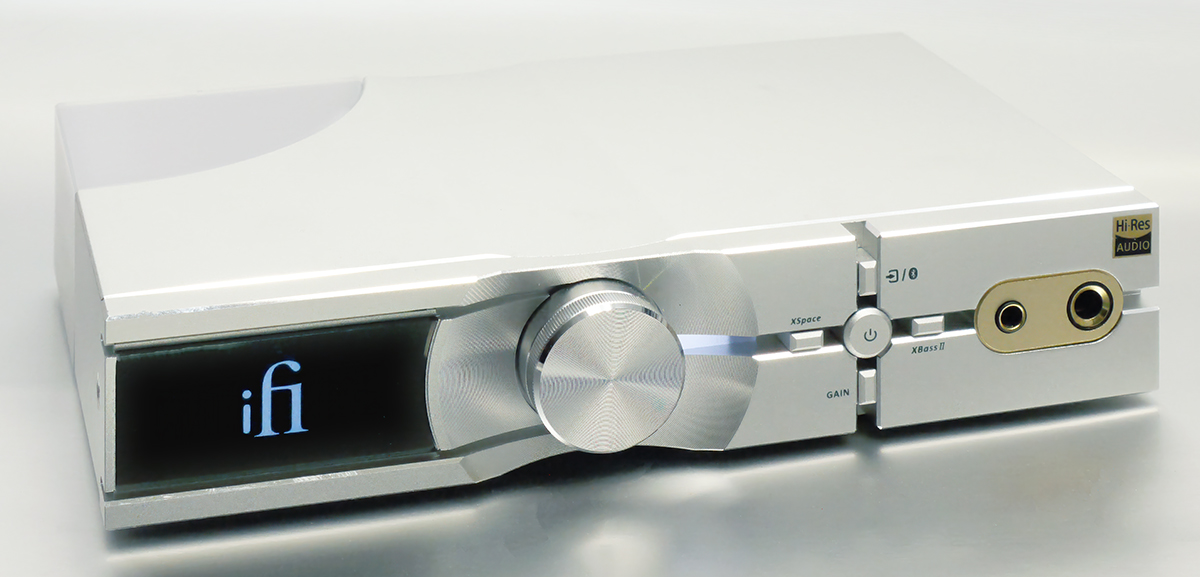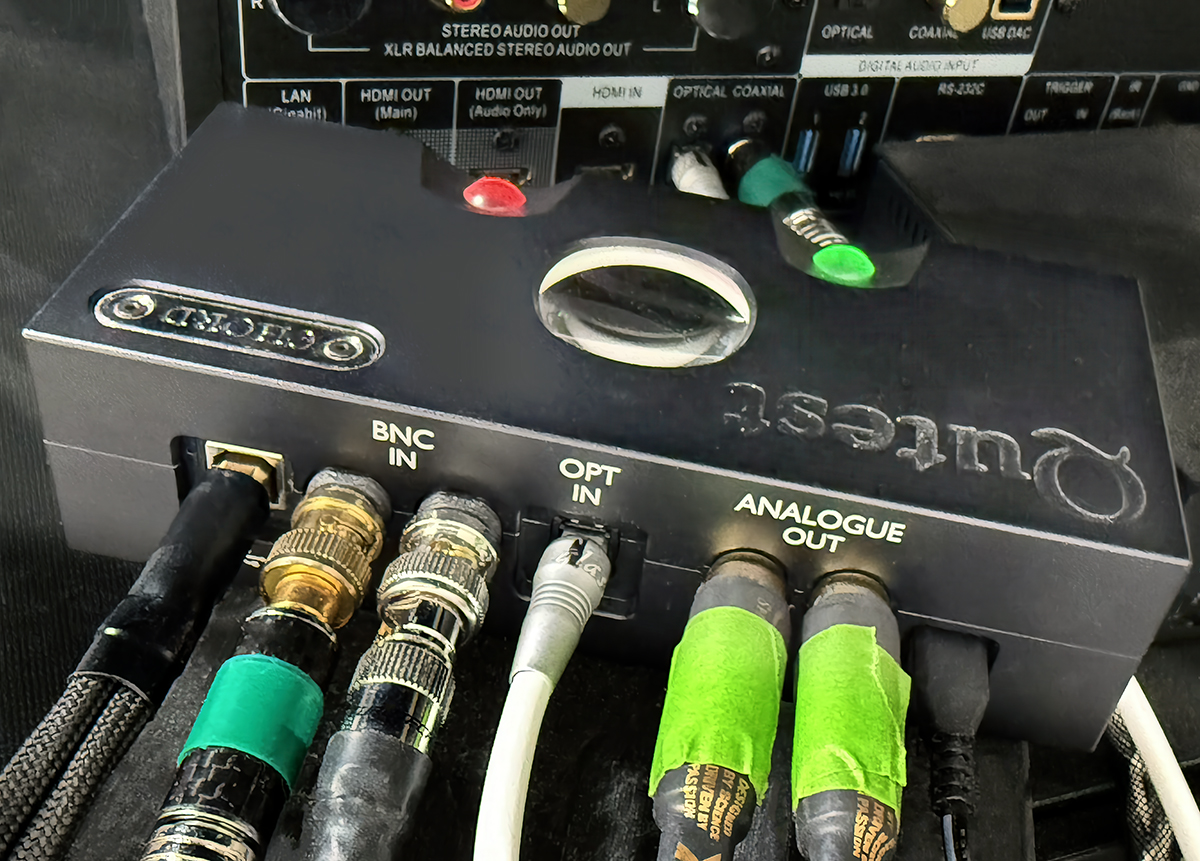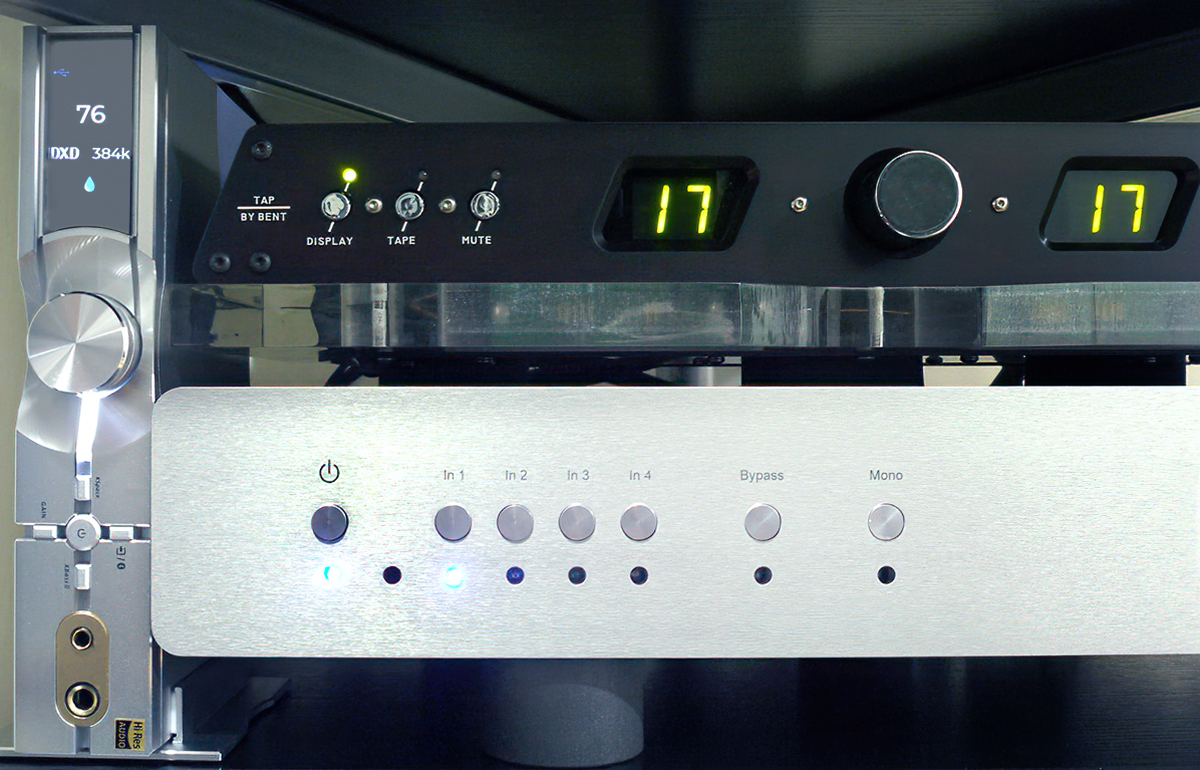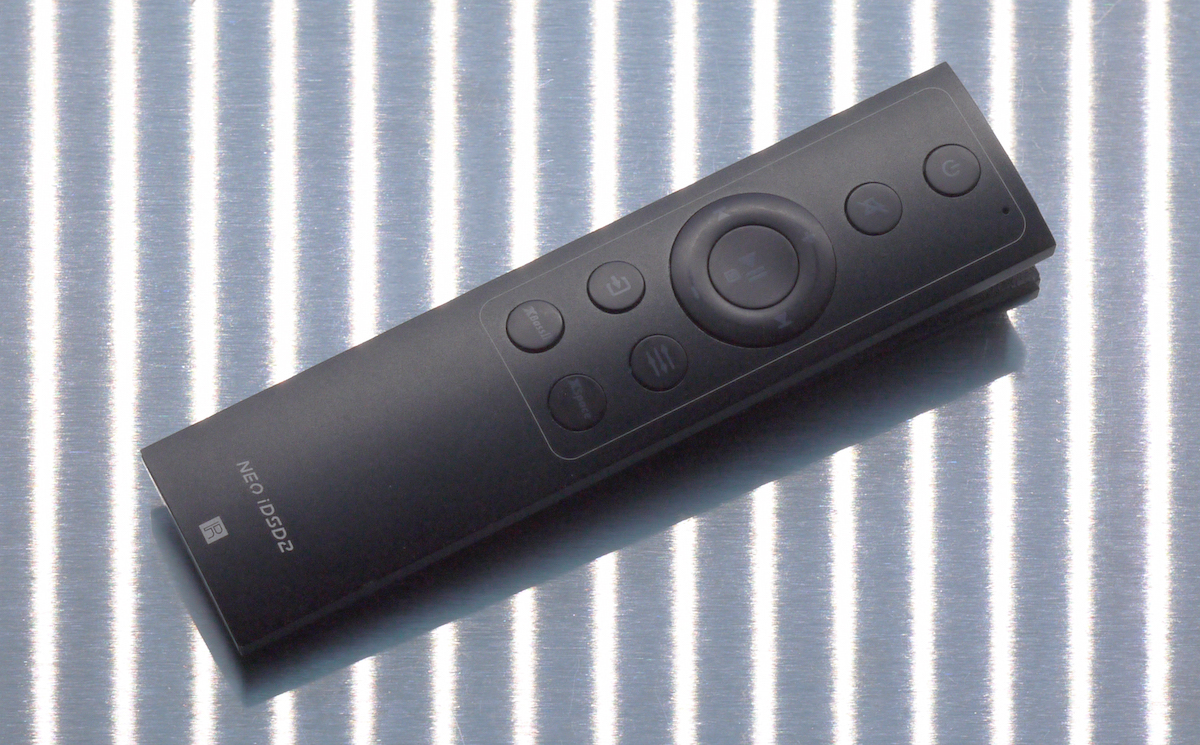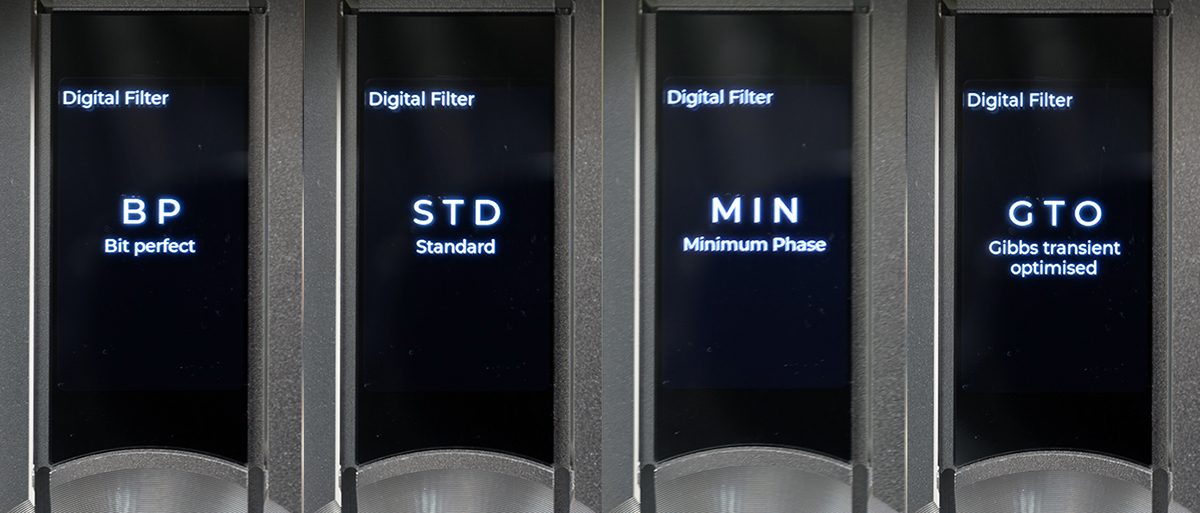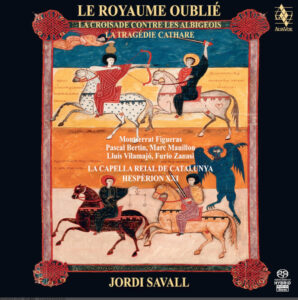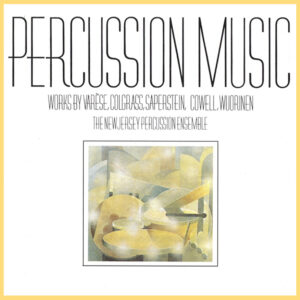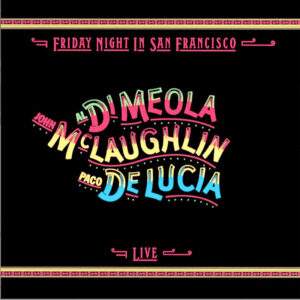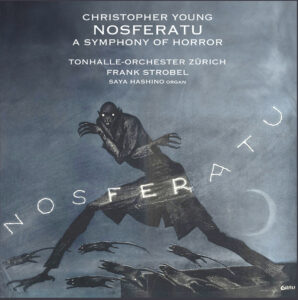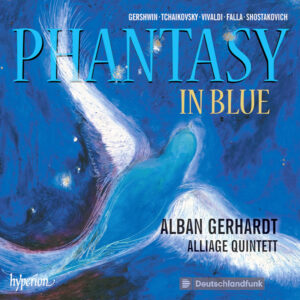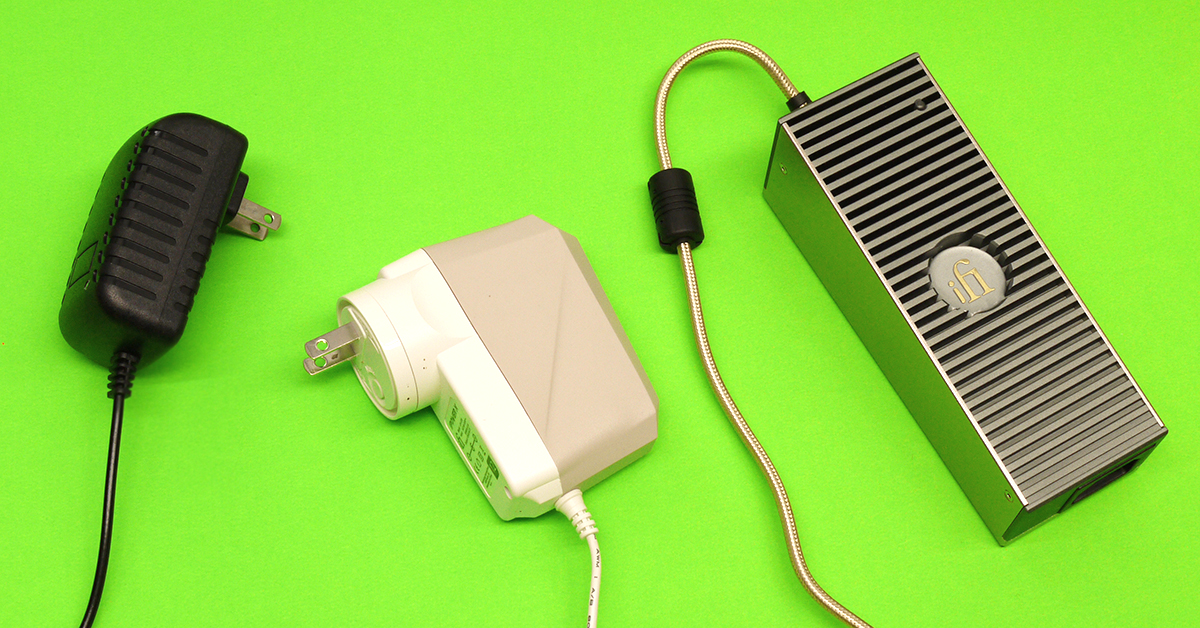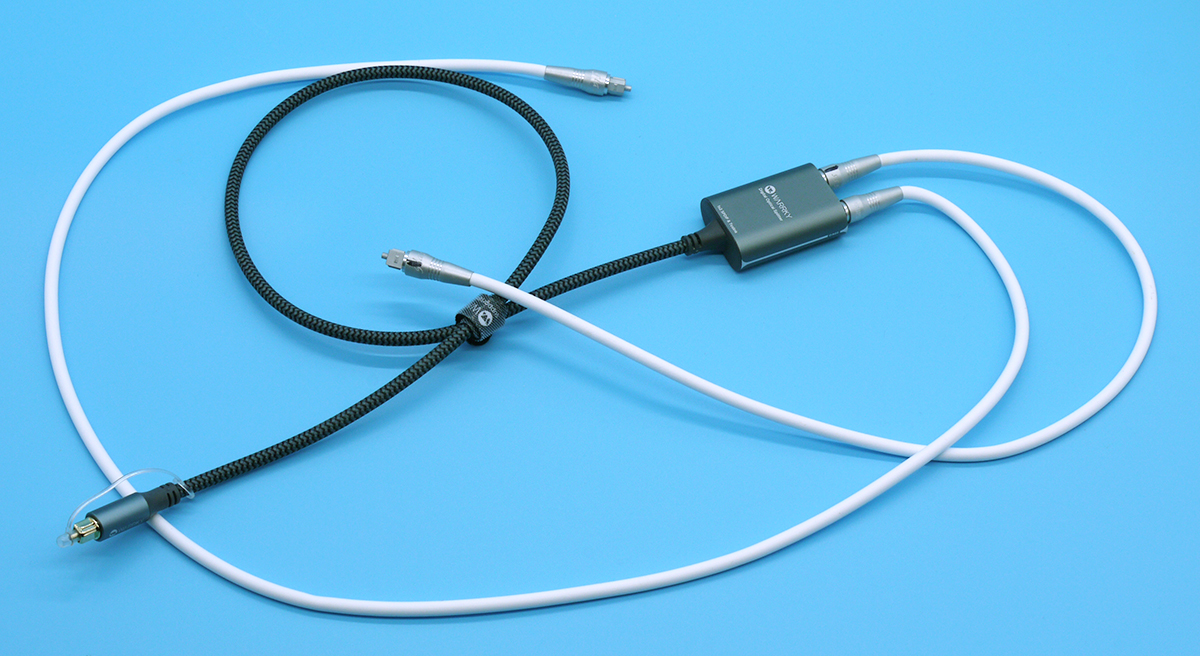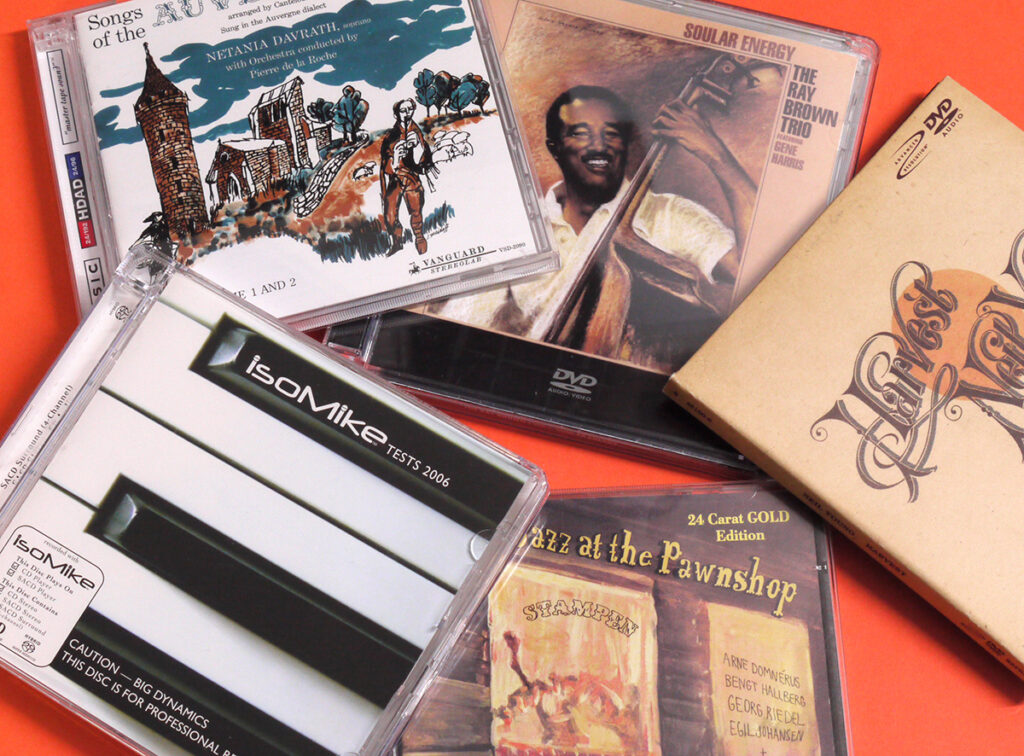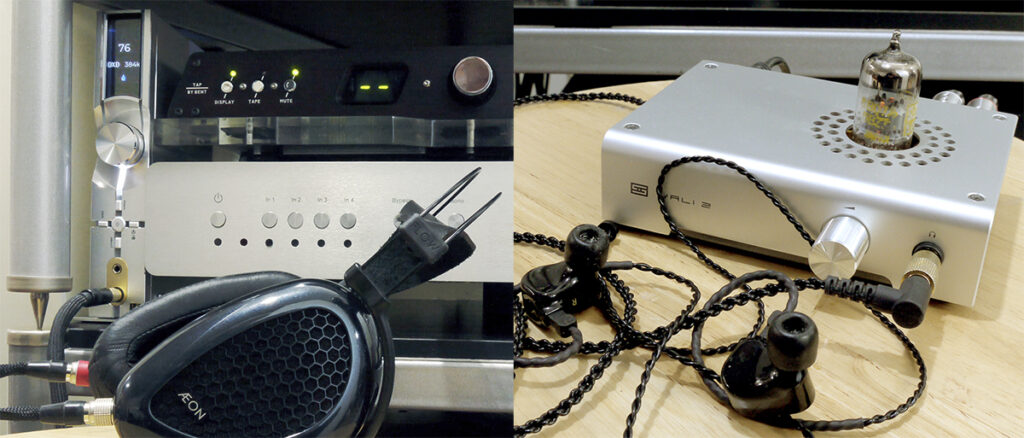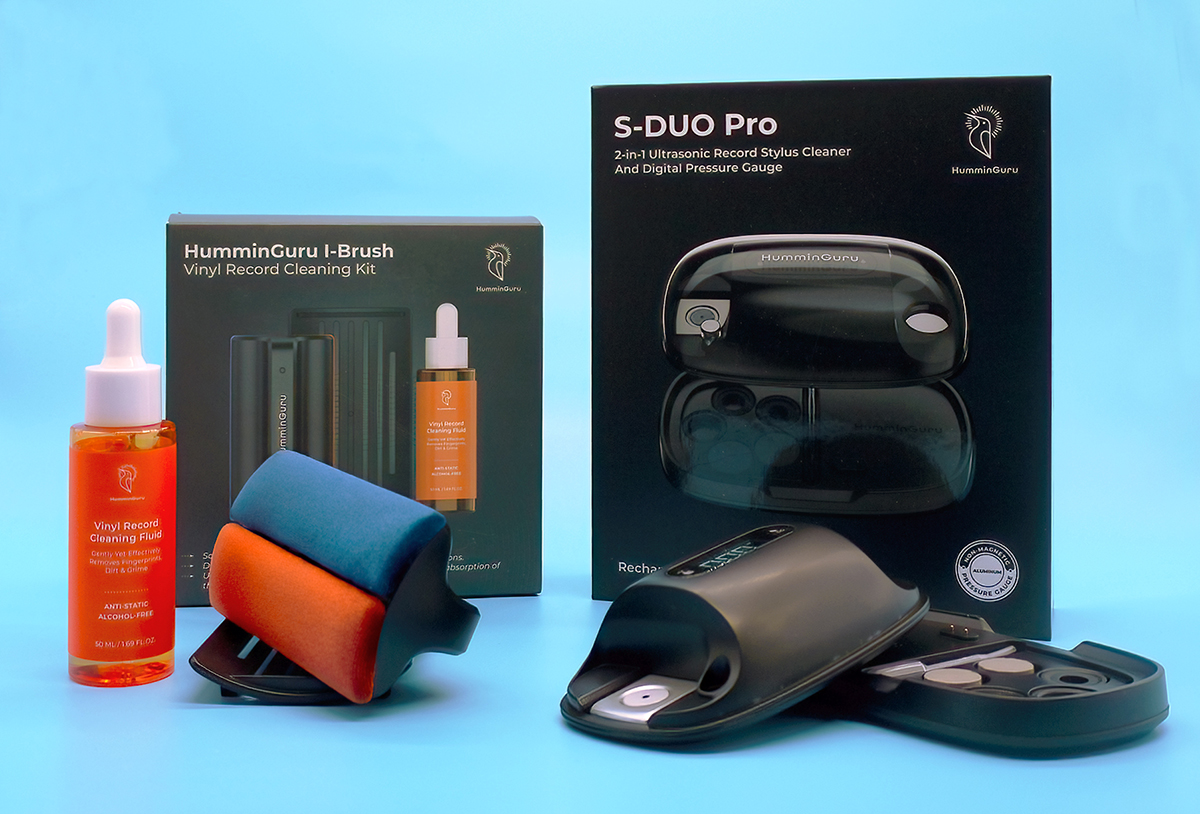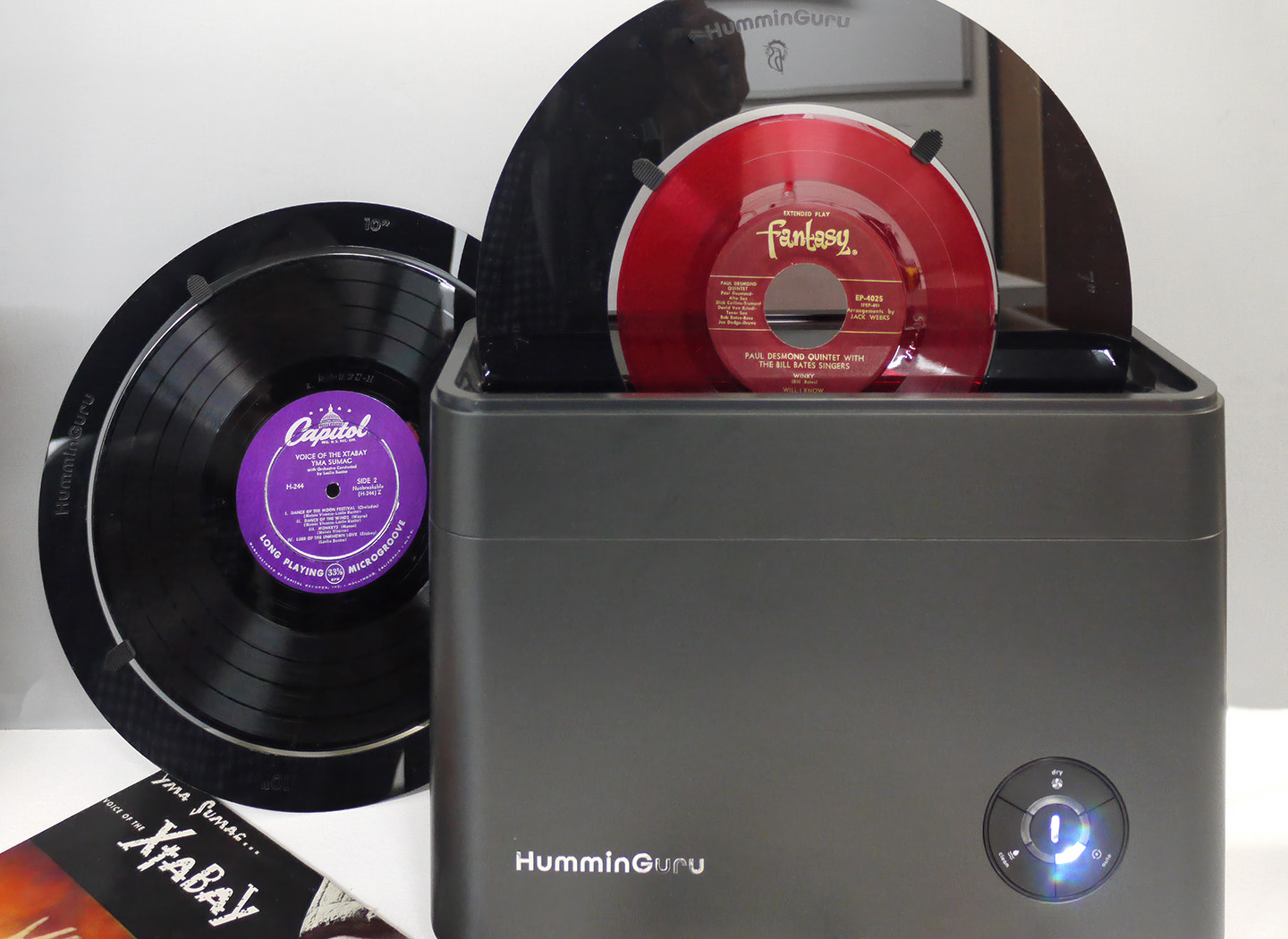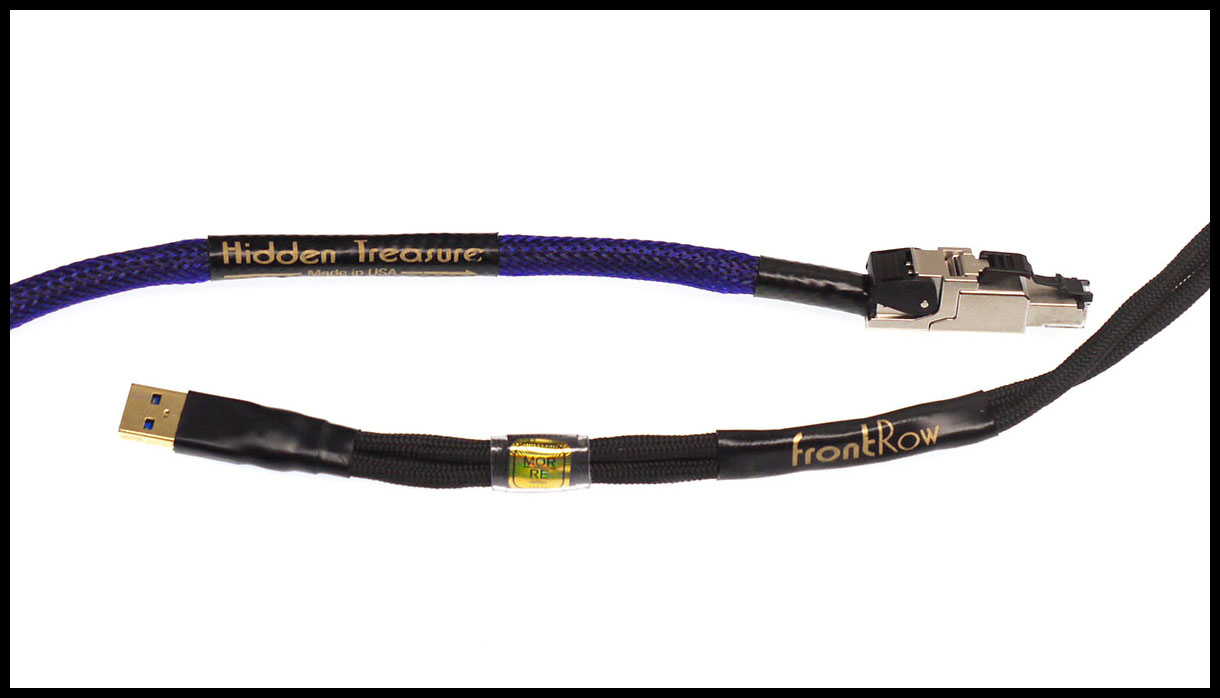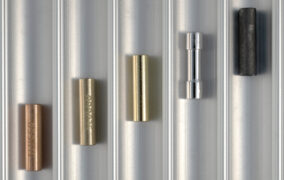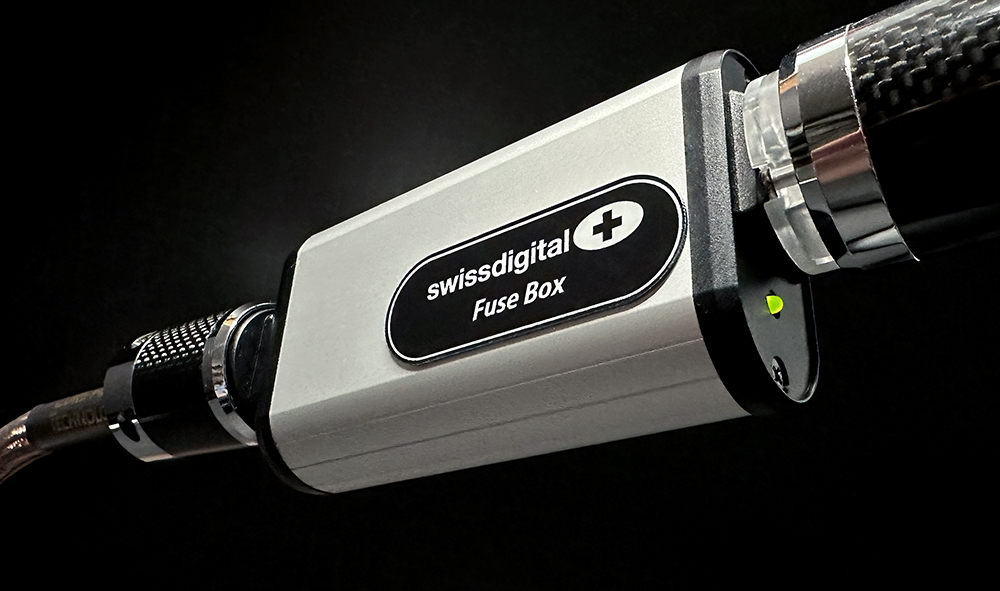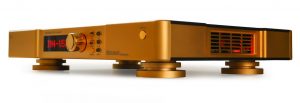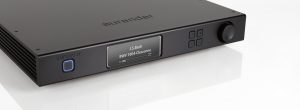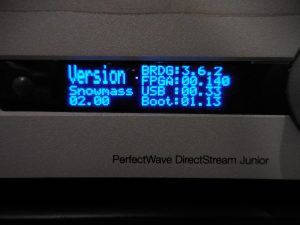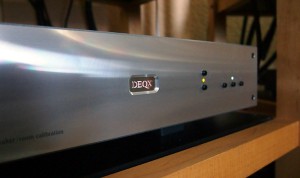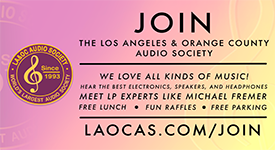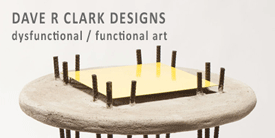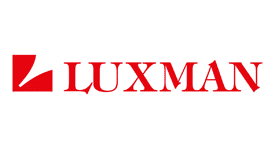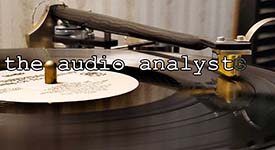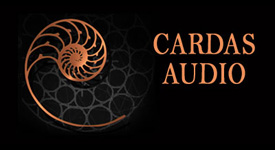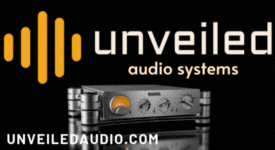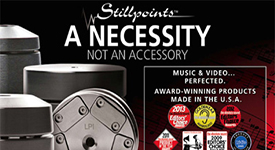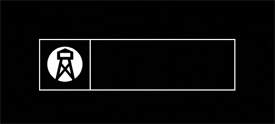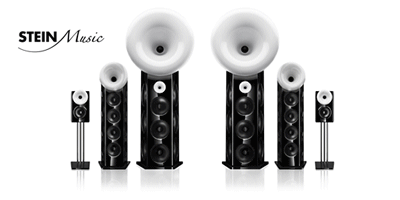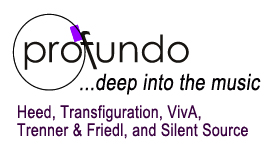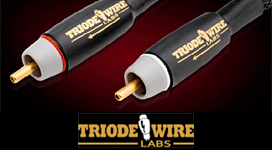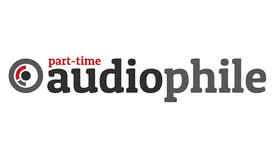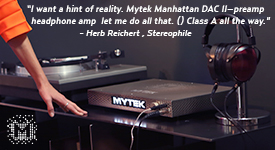The iFi Neo iDSD 2 occupies a most intriguing spot in the UK firm's extensive roster of DACs and DAC/Amps. At $899, it is the first step down from the much praised $3249 iDSD Pro Signature. In fact, the two are the only items the iFi website lists as "Home Audio" above the ZEN range of less expensive DAC/Amps primarily intended for desktop use. The Neo iDSD 2 replaces the Neo iDSD of 2020, and is also now being promoted for desktop use with a more powerful headphone amp, state of the art "lossless" Bluetooth, and adding the XBass EQ and XSpace options head-fi folks will know from the ZEN series.
It is thus unlikely to even be on the radar for any "real audiophiles" seeking a cost-effective, high-performance conventional DAC-on-the-rack for loudspeaker listening.
Which is probably unfortunate.
It is better than the look-alike original in many ways, but especially because of some significant trickle-down tech from the flagship iDSD Pro Signature that should be of particular interest to "traditional" audiophiles. For simplicity, I'll refer to the iFi products as Neo 1, Neo 2, and Pro Sig.
Like many audiophiles, I am always improving my system, as I did recently by adding digital cable upgrades from Audience AV. At the end of that review (HERE) I resolved that keeping the pricey cables meant my Chord Qutest DAC would stay. Of course last year's resolutions expired January 1, right?
I've enjoyed my Qutest ever since it came out in 2018—the FPGA design sounded much less "digital" than the under $2K competition of the day. And the way-cool compact industrial design let me stash it behind the Oppo 205 disc player without taking up any other shelf space in my crowded rack. I would have happily upgraded to a Qutest 2 had they added balanced outputs, a remote, a headphone amp, and even better sonics, but that hasn't happened and likely won't.
So I asked a few audio friends for suggestions for Qutest Killers, under maybe $3500. The usual suspects included ladder DACs and a couple upscale chip DACs. All well-reviewed, pricey and big, impressive components wanting pride-of-place shelf space on the rack, and a proper ($$$) power cord. Then one industry contact known for outside-the-box thinking surprised me by recommending I check out the $899 Neo iDSD 2.
This review is the result.
I have neither heard nor have on hand the Neo 1 or the Pro Sig, so I started by comparing their feature sets from the online manuals, not ad copy or random YouTube reviews. The Pro Sig has virtually every bell and whistle imaginable—four interleaved Burr-Brown DACs, five FPGA implemented digital filters and upsampling on-the-fly to DSD 1024, both analog and tube output stages, a host of in/out analog, digital, and word clock connectors, 3.5, 4.4, and 6.3 headphone outs, built in DNLA WiFi/Ethernet streaming, an aluminum remote, and it is powered by iFi's best 15v iPower Elite supply ($299 itself).
The original Neo 1 manual indicates it swaps the WiFi/streaming for Bluetooth, loses the 3.5 headphone out, but retains balanced and single-ended outputs, adds a clever stand for vertical placement, and runs off iFi's standard 5v iPower supply. Otherwise, it's your basic DAC.
The Neo 2 manual states It has a dual core Burr-Brown DAC for separate native processing of PCM and DSD, balanced circuitry throughout, for selectable digital filters, a word clock input, an analog input and improved volume control for headphone and preamp use, and extensive on-screen menu options. It is supplied with a metal remote similar to the Pro Sig's, and there is a smartphone app for play, control functions, and firmware updates via Bluetooth. It will run off 9v to 15v power supplies. I already have a 12V iFi PowerX ($119), so I requested and got a 12v iPower Elite ($299) to compare. In other words, it splits the difference between the Neo 1 and the Sig Pro, tech-wise.
So on with the review.
Form Factor and Features
The compact size (about 6.3"w x 3.5"d x 1.75"h ) and "look" of the Qutest were real factors in my purchase, so how does the Neo 2 stack up? At 8.4" x 6.2" x 1.6" it is a "half-width" component when placed horizontally—there are many other half-wide options to pair it with, but I don't have even a half-width shelf space available.
Both Neos come with a compact stand for vertical positioning where the footprint is reduced to 3"w x 4.5"d, and the TFT screen automatically rotates to suit. Perfect for the huge desktop market, they must think, but slide my preamp stack to one side, and it looks right at home, even fitting under the shelf above with room to spare. Plus, there's a headphone amp in there too—which the Qutest lacks!
OK, the Qutest runs away with the Industrial Design award. The Neo 2 chassis is basically a revised Neo 1, all metal except for the top/left rear quarter which has a plastic shroud hiding the Bluetooth antenna—a mode which the Qutest lacks. There are a few new buttons up front for the input, XBass/Xspace EQs and headphone gain, and the multi-function knob allows access to the various settings including filters, etc.
The back-side reveals the ins-and outs: balanced and single-ended outs, analog(ue) in via 3.5mm plug, a BNC connector for an external 10mHz word clock, coaxial and optical S/PDIF inputs, USB B in, and power in.
Having mastered the Qutest's glowing multi-color control buttons, is it unseemly to complain about ergonomics? The Neo 2's remote button labeling is virtually unreadable (dark blue/gray on black) except in direct bright light, and with a mix of written and symbols. There is no information about the remote at all, not even the provided battery's orientation (+ faces the back).
The rectangular buttons on the front of the Neo 2 are also small, and labeled for horizontal positioning. The 2" color TFT display is large enough for desktop use, but the text size is hard to read from across a listening room. Fortunately, the input options are in different colors, but why not the the filter options too? Using three character abbreviations for all filters when there is room for full names? The text-free multi-color Qutest makes such choices clear unless you are color blind.
So, pluses and minuses, but the Neo 1 is much more flexible.
How's it sound?
Ever wonder why digital sounds digital? There must be more than a few reasons, but one factor is surely down to digital filters. I know that many users of many DACs don't hear significant differences between filters—just as I know many audiophiles can't tell when absolute phase is inverted.
Which prompted the following digression. To simplify, inverted absolute phase replay pulls the driver cone back when the correct phase would push it forward. And there is no standard polarity for recordings, they come both ways. I remember Phase Guru Clark Johnsen suggesting that inverted polarity recordings vaguely "confuse" the ear/brain system because every real sound we've ever heard is always in "correct" phase—except echoes. It's echoes that provide the natural reverb or "sound" of concert venues and empty high school gyms, or the absence of same in padded cells, all spaces anyone can identify blindfolded with a clap of the hands. Echoes define acoustic space.
The Neo 2 provides four digital filters similar to those in the Sig Pro, here named B-P (Bit-Perfect: No filtering, no pre- or post-ringing), STD (Standard: Modest filtering, modest pre- and post-ringing), MIN (Minimum phase: slow roll-off, minimum pre- and post-ringing) and GTO (Gibbs Transient Optimizing: up-converted to 352.8/384kHz, minimum filtering, no pre- and minimum-post ringing).
Got that? iFi doesn't elaborate, but I assume "Bit-Perfect" is sort of the chip DAC equivalent of unfiltered "Non-Over-Sampling" ladder DACs. STD I assume to be a conventional 20kHZ ultrasonic/anti-aliasing filter. The MIN is a slow roll-off filter, starting before 20kHz, and shifting the pre-ringing to post-ringing. The GTO is something else.
Digital filtering typically introduces low level artifacts called ringing before and after a transient, a nuisance since music is essentially a stream of (near and real) transients from stuff vibrating. Ringing resembles what us plain folk might call echoes or reverb, which kinda makes sense in terms of post-ringing. But pre-ringing? Seriously, a pre-echo? We don't need no stinkin' pre-echoes!
Wait! What? The filters operate near or above 20kHz, and the ringing is very low level, so all probably inaudible and…but they sound different? Even to the typical aging audiophile pundit ears?
It's well worth checking out iFi's white paper on the GTO and other digital filters, originally written for the original iDSD Pro (HERE). Spoiler alert—the sub-headline reads:
ALL DIGITAL FILTERS FOR AUDIO ARE WRONG. ALL OF THEM, INCLUDING THE 'NO FILTER' OPTION. THIS IS WHY WE NEED YET ANOTHER FILTER!
The Neo 2's filters can be accessed from the screen menu or from the remote. Holding down the control wheel for three seconds shifts the display from normal to the menu, where you can scroll down and adjust settings.
Unfortunately, the remote cannot directly A-B any two filters—they rotate in sequence. In my system, differences between the first three were evident but subtle. However, the differences switching to GTO and back were significant in every regard. This is true for both streaming and CDs; 44.1kHz might even have benefited more than hi-res, but the results either way were obvious. In brief, an audibly deeper and better defined soundstage with much better "hall sound," more specific imaging, increased detail and texture on instruments and vocals, and a much more natural sense of performers in the performance space. Plus, I could much more easily "relax" into the less "in your face" presentation.
This was particularly evident on recordings made in actual, reverberant spaces. It's not just minimally-mi'dd audiophile faves like the Water Lilly or Chesky releases—or even the Cowboy Junkies' Trinity Sessions—that go good with GTO. In fact, stereo mixes from recordings made with surround replay in mind are great for comparing filters.
Take SACD 5.1 recordings—I mean real ones, not remastered reissues from multi-track stereo. Early music groups may not be your thing, but they are typically small ensembles well-recorded in real space—and listening to unfamiliar instruments and lyrics you don't understand helps focus the mind on the sound, not the content, which you might hate anyway.
I'm a long-time Jordi Savall fan, and have been enjoying Le Royaume Oublié (The Forgotten Kingdom) again this week. It's a DSD recording originally released as a three disc Hybrid SACD set. In other words, it was recorded with "space" a feature, not a bug. There's only the 44.1kHz stereo version on Qobuz, but the Neo 2/GTO does it justice. Okay, it's nearly four hours long, but each track features a different ensemble, with plenty of percussion, male, female, and choral vocals, even (foreign) spoken word, so it's not boring, and you can bingo-card the 61 selections and dip in at random.
Similarly, 50 years ago, when music was recorded in stereo-compatible quad, many such LPs—especially EMIs—were featured on the Absolute Sound Super Disc List as stereo LPs. The Neo 2/GTO is a great way to revisit the digital versions. Don't miss the New Jersey Percussion Ensemble, for example, in works originally released by Nonesuch in RCA's now unplayable Quadradisc format as well as stereo LPs.
Live recordings can really also benefit. Among the things "Transient Optimized" does is render applause more realistically, confirming everything else "sounds right." Lots of good live recordings out there, but Friday Night in San Francisco in the Qobuz 176.4kHz/24-bit version is smack dab in the Neo 2/GTO's wheelhouse and is an essential "gotta" play.
Another "space-conscious" genre would be motion picture soundtracks and scores. The new Robert Eggers film of Nosferatu has gotten a lot of buzz, but I've not seen (or heard) it. However, I can recommend Christopher Young's Nosferatu: A Symphony in Horror. It's set, scene by scene, to F.W. Murnow's original German 1922 silent film, once thought lost. Caution: play it loud and you may lose sleep over this one.
Sure, there are plenty of great classical recordings, but I've had a weakness for "alternate versions" ever since Wendy Carlos reinvented Bach. Another "crossed up" recording is Phantasy in Blue, orchestral works arranged for cello, piano, and saxophone quartet. Audio resolution sometimes comes down to discerning individual voices or instruments that are meant to blend. These are not yakety saxes, they're just trying to blend in like an orchestra in drag. Keeping the the saxes separate in tone and space is a challenge the Neo 2/GTO seems to enjoy.
Of course, multi-tracked, auto-tuned, and compressed with reverb-added studio recordings don't have "natural" space. And the effects of any digital filters employed in the process cannot be removed without knowing exactly what they are (see MQA on this). A final mix is usually just panned laterally across the soundstage, but the GTO still makes it sound more "real"—there seems to be less "smear" or "edge," yet more transparency, with the performers and instruments having more room to "breathe."
Why does the GTO sound different from more conventional filters? Audio can be measured, down to a single digital impulse, in terms of frequency, amplitude, and time; a good portion of the Internet seems to keep only this concept in mind while listening to gear. Music is more difficult to measure, as it is irritatingly organized to "evoke" serenity, conflict, various gods or animals, culture, time, torment, memories, grief, lust, raging aliens or a desire to dance.
On the other hand, subjective audiophile parlance tends to "visual-ize" sound with terms like bright, dull, dark, vivid, coloration, focus, glare, clarity, smear, contrast, blur, etc. There's very little "aural-izing" of visual experience, other than the "too loud" Hawaiian shirt and the occasional neurodivergent's experience of synesthesia. The two senses are independent, but complementary.
Of course, eyes don't see, and ears don't hear; they are just wavelength sensitive input organs that the brain makes sense from in a process called sensory perception. It's quite normal to "experience" realistic sounds and images while dreaming, and both memory and creativity involve mentally visualizing/hearing things like form, dialog, and melody. Some may even seek "otherworldly" voices and visions via religion or psychedelics. Worst case, you can't not hear voices or stop hallucinating, and so end up in that padded cell.
The iFi White Paper on the GTO is unusual in that their research involved the usual measurements along with physical anatomy (inner-ear ringing), mental perception (the Haas "effect"), a couple tricks from unrelated technology (MQA), and careful listening. Perhaps it's as close to "holistic" as we will get until the brain chips are installed and AI takes over.
Eons ago, our hearing evolved as a continuous predator warning system—does the space around us sound normal and safe or not? Danger was often a matter of audible impulse (location), plus loudness and echoes (distance), pretty much how the latest Atmos fright-film makes the audience shriek. Even today, the faintest mosquito buzz immediately gets your attention, and you have to look for it and kill it first. I could suggest that, as with inverted phase, the brain gets a "bit confused" when things digital don't quite sound normal as they would in the real world—and perhaps pre-ringing plays a role. But I don't even play a digital expert on TV, let alone on the Internet.
Yes, other DACs provide a choice of filters, or at least third-party chip manufacturers can. However, I suspect it is unusual for a DAC manufacturer to research, develop, and implement a "bespoke" filter like the GTO in a sub-$1000 product like the Neo 2. (Or, if you need portable, GTO is also available in the $599 iFi Gryphon)
My small room system is optimized to reproduce 3D space. But, as with all component reviews, I had unplugged the BSG QØL Signal Completion Stage, and was using the Neo 2 to directly feed my very transparent Bent Audio TAP transformer based passive preamp, single-ended Class A Valvet solid-state and Coincident Dynamo tube amps, and Spatial open-baffle dipole speakers (none of which is current production). The gear was lashed together with state of the art Audience AV and Silversmith Audio Fidelium cables. I mention this because substituting other cables or components tended to diminish the GTO advantages.
OK, enough already. Different listeners with different systems and priorities may well prefer other filters. As they acronym, YMMV. Also, my apologies to those still confused by my GTO reference in the review headline, but this video might help (HERE).
Other Trickle-Down Treats
First would be the 9v-15v power options, whereas the Neo 1 runs on just 5V. Yes, that makes a difference, and makes for easy upgrades. The minimum current supply for the Neo 2 is 9V/1.5A, and 15V/.9A; 12V is not given, but is probably around 1.2A. My Neo 2 sample came with a 15V/2A wall-wart (even though the shrink wrapped box says 12V. Make of that what you will.) While all iFi iPower supplies incorporate their proprietary noise cancelling tech, the implementation and circuitry can differ.
My 12V/2A iPowerX wall-wart (now $119) was audibly better than the supplied 15V, so call the $899 Neo 2 a $1018 DAC? But wait, the $299 12V/4A iPower Elite was better still, even with the supplied generic IEC cord. It's then a $1198 DAC, still a bargain compared to the $3249 Sig Pro. If you have a spare audiophile-grade IEC cord lying around, it will sound even better. If you don't, do the math to buy one. I'm using a $349 Audioquest NRG-Z3 right now.
Another Trickle-Down Treat is future-proofing, not just the latest state of the art Bluetooth, but more obviously by the BNC word clock connection. Accurate timing is the key to digital, and add-on 10mHz super-clocks seem like the next big thing (my UpTone Audio etherRegen has a BNC input for the same reason). The iFi GMT clock is excellent, but you know audiophiles—excellent may not be good enough. I just don't have one to try. Yet.
Finally, what is all this iDSD stuff about? DSD is the Betamax of digital audio, touted as a better than PCM system, originally used for SACDs, but now virtually moribund with a scarcity of new discs. I have a couple hundred SACDs, many acquired used (Discogs lists over 10,000). Also perched behind my OPPO 205 is a D.BOB, which outputs the original DSD64 stereo track, something that is otherwise prohibited. Of course I can also play them on my 5.1 video system upstairs.
For me, one key aspect of the Neo 2's Burr-Brown DAC chip is that it processes DSD natively, without converting it to PCM, as most other DACs (including the Qutest, I believe) do. (The Burr-Brown DAC also processes PCM natively, but the two are completely separate operations). So yes, D.BOB'ed SACDs sound great through the Neo 2. Of course, the streaming services convert DSD recordings to PCM. But there exists an active DSD underground, easily found via a Google doc (HERE), a tabulation of sources for thousands of SACDs and downloads of DSD64, DSD128, DSD256, and DSD512 material. I should add audiophile specialists like Acoustic Sounds, Impex, and Music Direct, if you don't already know them. Plenty of sellers on eBay and Amazon, too. Need some recommendations? Type Rushton Paul into the search box on this page. And speaking of moribund formats, the Neo 2 is fully MQA ready. The Qutest doesn't do MQA, so I've never used Tidal, and I didn't try it.
Time to compare the Neo 2 directly to the Qutest. As the Neo 2's circuitry is fully balanced, I would normally use the XLR outputs, but I switched to matching RCAs because the Qutest is single-ended only. Fortunately the Neo 2's single-ended fixed output was a reasonable match with the highest of Qutest's three fixed options. I also used the supplied 15v wall-wart to further level the playing field with the Qutest's standard wall-wart.
In order to A-B the DACS by switching the preamp inputs rather than physically switching cables, I used Toslink from the OPPO 205. I have two Livatec glass fiber optical cables, and since Amazon offers a variety of affordable Toslink splitters, I picked the WARRKY passive based on reviews, pictures, and ad copy. For content I used audiophile CDs and DVDs, plus a few 96kHz/24-bit "HDADs" released in the 90s by Classic Records.
A-B testing is sort of the audiophile version of speed-dating, and both DACs have nice personalities. With the supplied wall-warts, the overall timbral balance between them was closest using the Qutest's "Warm" filter. "Incisive" was a bit cooler/thinner than the NEO 2. On MIN and STD, it was hard to choose between them; I preferred the Qutest over iFi's B-P, but the Neo 2/GTO was much livelier, cleaner, with the soundstage deeper on my good old reliable Gold CD Pawnshop. Switching to the 12V iPower X or the Elite shifted the whole contest to the Neo 2, but I don't have a comparable power supply upgrade for the Qutest.
Knowing that choosing between fun-loving blondes and feisty red-heads can't be rushed, I started manually switching the USB streaming feed between the Qutest and the Neo 2/GTO/XLR/Elite for longer-term listening. I still enjoyed the Qutest, but the maxed-out iFi was clearly much better. And yes, I also ran both DACs through the BSG QØL Signal Completion Stage, because I always normally run the Qutest through it. I know, that's against the neutral reviewer rules. My bad, but, Wow!
Because neither the Qutest nor the Bent Audio preamp have headphone outputs, I haven't used phones much in my listening room. I use my Dan Clark Aeon Flow open-back headphones occasionally with my basement office and work-space systems' internal amps, but much more frequently with a Schiit Vali 2+/ iPhone or laptop with a dongle DAC out on the deck or while reading in the den. I also use dongle-DACs with inexpensive wired IEMs for long-walk podcasts.
I brought the $149 Schiit down and ran it directly off the Neo 2's output RCAs. Inserting a headphone jack automatically switched the Neo 2 from fixed output to variable; unplugging the phones took it back to fixed to use the Shiit's volume control. The Aeon's 32 Ohm impedance provided no problems, 12 o'clock on the Vali+ was about 75 with the Neo 2's variable output. Overall, the Schiit (with a NOS Amperex 6DJ8) was tube-glow warmer, the Neo 2 much more neutral and detailed. This was also true with the IEMs, and both headphone amps have output level options for them.
The well-balanced, open back Aeons were not improved with the XBass or XSpace options, but my two IEMs benefited from different XBass settings, and XSpace did open up the presentation nicely. I'd still be happy with the Schiit for casual listening, but the Neo 2 headphone amp was much better for serious stuff.
I have only used Bluetooth with inexpensive Sony noise-cancelling headphones on noisy plane, train, and ferry trips. While I had no trouble playing iTunes through the Neo 2, my iPhone can't take advantage of the Neo 2's advanced Bluetooth capabilities—wrong codec. I'm sure future-proof Bluetooth performance will be of particular interest in desktop situations.
The iFi Nexis App is supposed to duplicate the remote's functions on an iOS or Android device via Bluetooth, but even after long chat with iFi support, the Nexis App couldn't get the Neo 2 to play nice with my brand new iPhone 16 Pro. Was it the TP-Link WiFi, the iPhone, the Nexis App, the Neo 2, or the idiot pushing the buttons? They are looking into it, but of course the Chinese factory is currently closed for the New Year Holidays. I'm sticking with the regular remote until they figure it out—I really only need the remote to change inputs, and any excuse for turning the damn phone off is always a plus.
So overall, I was really very impressed by the Neo 2's performance, particularly with the GTO filter and upgraded power supplies. My system never sounded better or more involving, and the added connectivity (XLRs, Headphone, and Word Clock) makes a new resolution necessary for 2025.
I want one!
Yes, of course there may be even better, albeit more expensive DACs (including the iFi Pro Signature), but the Neo iDSD 2 ideally fits (literally) my needs, and at a fraction of what I was expecting an upgrade of this magnitude might cost. Especially considering that we seem to be initiating international tariff wars as I post this.
Most highly recommended especially for non-Desktop use, dammit!
iFi Neo iDSD 2
Retail: $899
iFi iPower Elite
Retail: $299
iFi

